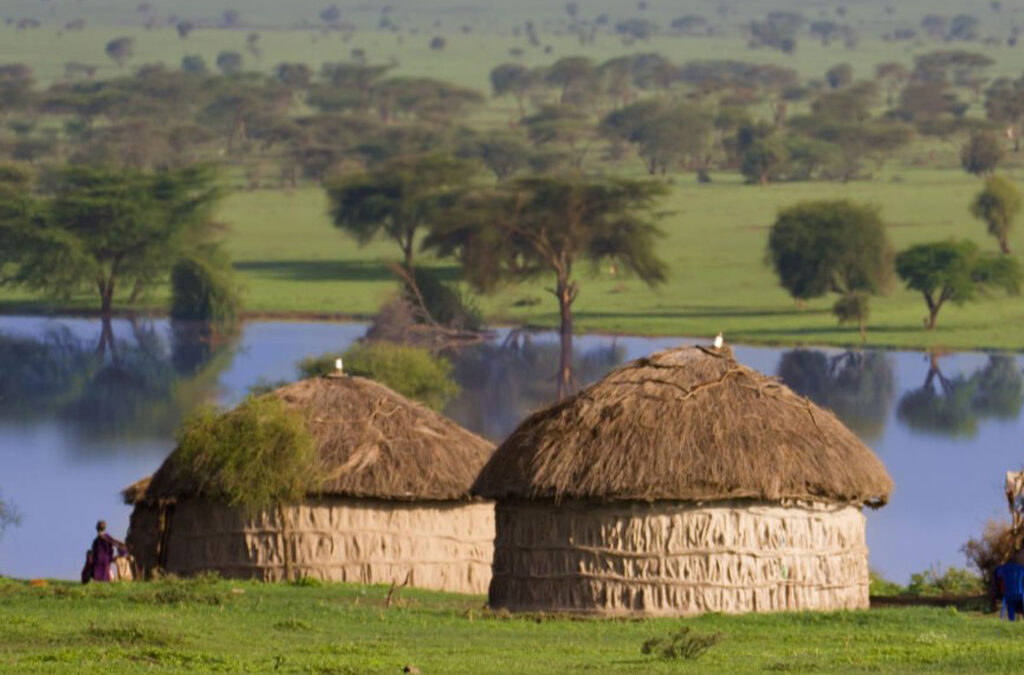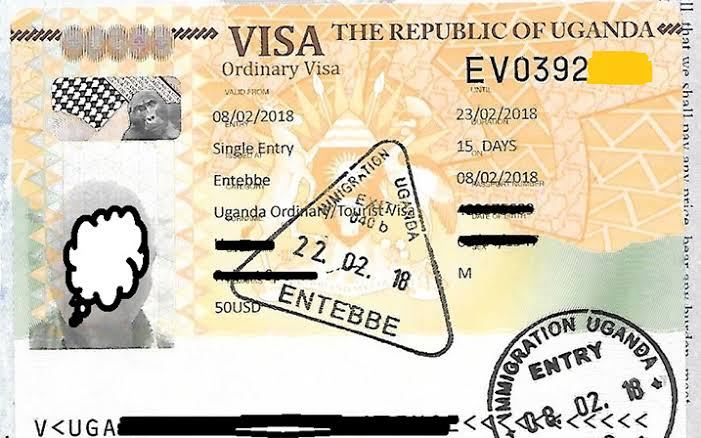How to Experience Maasai Culture: A Journey into Timeless Tradition
The Maasai people of East Africa represent one of the most iconic and culturally rich communities in the world. Known for their striking red shukas, intricate beadwork, and proud warrior traditions, the Maasai live primarily in Kenya and Tanzania. Experiencing their culture is not just about witnessing vibrant dances or taking photographs of their villages; it’s about stepping into a world where history, spirituality, and the natural environment blend seamlessly.
Exploring Maasai culture offers a rare opportunity to connect with a community that continues to preserve its ancestral way of life despite the pressures of modernity. But to truly appreciate it, the experience must go beyond the surface into shared meals, stories, and the rhythms of daily life.
1. Visit a Real Maasai Village Not Just a Tourist Stop
There are many organized tours that include a brief stop at a Maasai village where visitors are greeted with dances and shown a few traditional huts. These experiences can feel performative and disconnected. For a more authentic connection, it helps to seek out village stays that are community-led and focused on cultural exchange rather than spectacle.
In such villages, hosts welcome visitors not just as tourists but as temporary members of the community. There is often a chance to sit with elders under acacia trees and hear stories passed down through generations tales of lion hunts, migration, droughts, and spiritual wisdom. Nothing is rushed. Time slows, and conversation flows naturally.
Sleeping in traditional Maasai manyattas (mud and stick homes) gives a deeper sense of the community’s resilience and adaptation to harsh environments. The scent of burning firewood in the early morning and the distant lowing of cattle evoke a feeling of timeless continuity.
2. Participate in Daily Life
Understanding a culture means living it, even if only for a few days. The Maasai way of life revolves around cattle, which are considered sacred. Herding alongside young warriors across dry savannahs under a blazing sun reveals the intimate bond between the people and their land.
Daily routines may include helping women fetch water, collect firewood, or prepare meals. These tasks are more than chores; they are expressions of community and survival. Watching how tasks are done with grace, patience, and collective effort brings a sense of reverence for a way of life built on interdependence.
Evening gatherings are often the most memorable. Sitting around a fire with milk tea in hand, surrounded by storytelling, laughter, and traditional songs, creates a powerful sense of belonging even as a visitor.
3. Learn Through Maasai Craft and Beadwork
Maasai beadwork is not just decorative it tells stories. Each color and pattern has meaning. Red represents bravery and unity, blue symbolizes the sky and rain, white denotes peace and purity. When guided by the hands of skilled artisans, creating a simple bracelet becomes a lesson in symbolism and tradition.
Participating in beadwork sessions with Maasai women provides a space for conversation and learning. It’s not uncommon to hear life stories, share dreams, and discuss the challenges of modern life. These exchanges often lead to surprising connections, as the themes of family, pride, and hope are universal.
Purchasing these crafts directly from the artists also ensures that the community benefits, supporting sustainable tourism and women’s empowerment.
4. Experience Traditional Ceremonies with Respect
Certain rites of passage like the Eunoto ceremony, which marks the transition of young men into warrior status are central to the Maasai identity. While not all such events are open to outsiders, occasionally, guests are welcomed as observers when they are respectfully introduced and show genuine interest.
These ceremonies are deeply spiritual, full of song, dance, and symbolic ritual. The energy is electric, yet reverent. Faces painted with ochre, chants rising in unison, and rhythmic movements transport participants into an ancient world.
Observing these moments with humility rather than as a spectacle fosters mutual respect. It becomes clear that Maasai culture isn’t frozen in time it’s alive, evolving, and sacred.
5. Ask Questions and Listen Always Listen
Books and documentaries provide valuable knowledge, but nothing compares to learning directly from someone who has lived the stories. Elders, warriors, and women often have different perspectives, and each one adds a new layer of understanding.
Conversations are rich with insight about climate changes impact on traditional grazing routes, the balance between education and cultural preservation, or the role of women in changing social structures.
It is surprising how willing people are to share when approached with openness and humility. Sometimes, the most meaningful exchanges happen during a slow walk back from the river or while sharing a gourd of milk in silence.
6. Support Education and Community Initiatives
Many Maasai communities are actively engaged in shaping their own futures. Schools, women’s cooperatives, and conservation projects often welcome involvement from respectful visitors.
Volunteering at a local school or simply spending time with students reveals the hopes of the next generation. These children often straddle two worlds learning English and math in the classroom, while still herding goats at home. They speak of dreams to become doctors, teachers, or leaders while holding tight to their Maasai identity.
Supporting such initiatives helps ensure that cultural preservation and modern development are not opposing forces. Instead, they can walk together.
7. Travel with Cultural Sensitivity
Experiencing Maasai culture should always come with awareness. Dressing modestly, asking before taking photographs, and understanding the significance of rituals or places are simple but profound acts of respect.
Language is another powerful bridge. Even learning a few words of Maa the Maasai language opens doors. A warm (hello) or Ashe oleng (thank you very much) is often met with wide smiles.
Cultural immersion should never feel extractive. It is not about collecting stories or souvenirs, but about building human connection across difference.
Closing Reflections
Experiencing Maasai culture is not a checklist it’s a journey. It is about being present in a world that moves differently, listens more deeply, and values tradition alongside change. It’s about recognizing the humanity shared across continents, languages, and ways of life.
The red of the shuka, the cadence of song in the night air, the silhouette of a warrior against the African sky these remain long after the journey ends. But more importantly, so does the sense of connection, humility, and inspiration drawn from a people whose lives are deeply rooted in the earth, yet always looking to the horizon.






